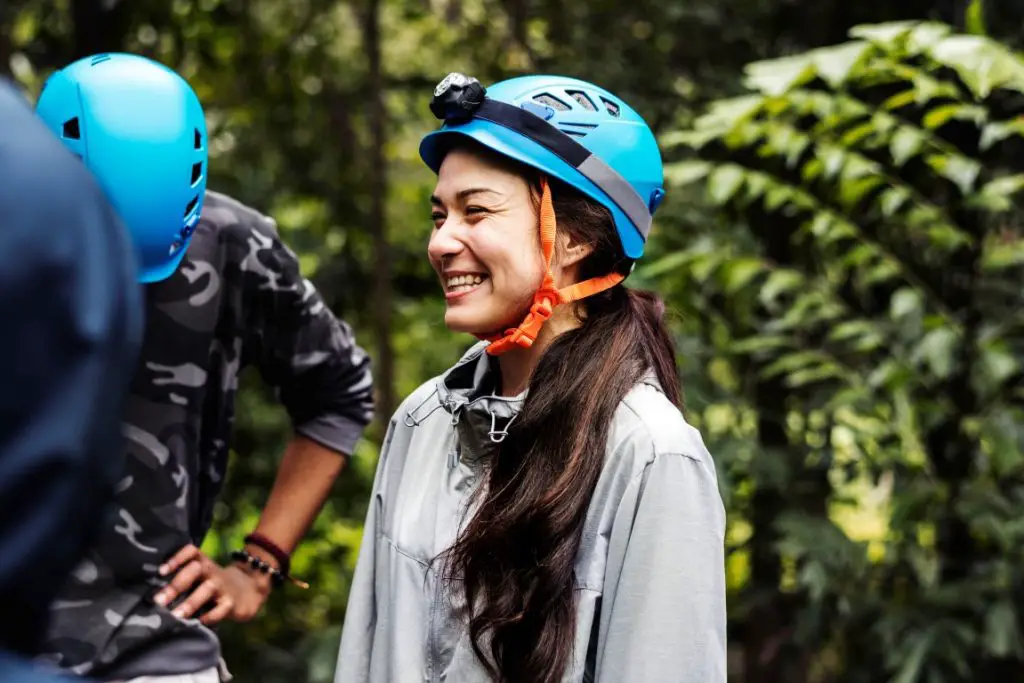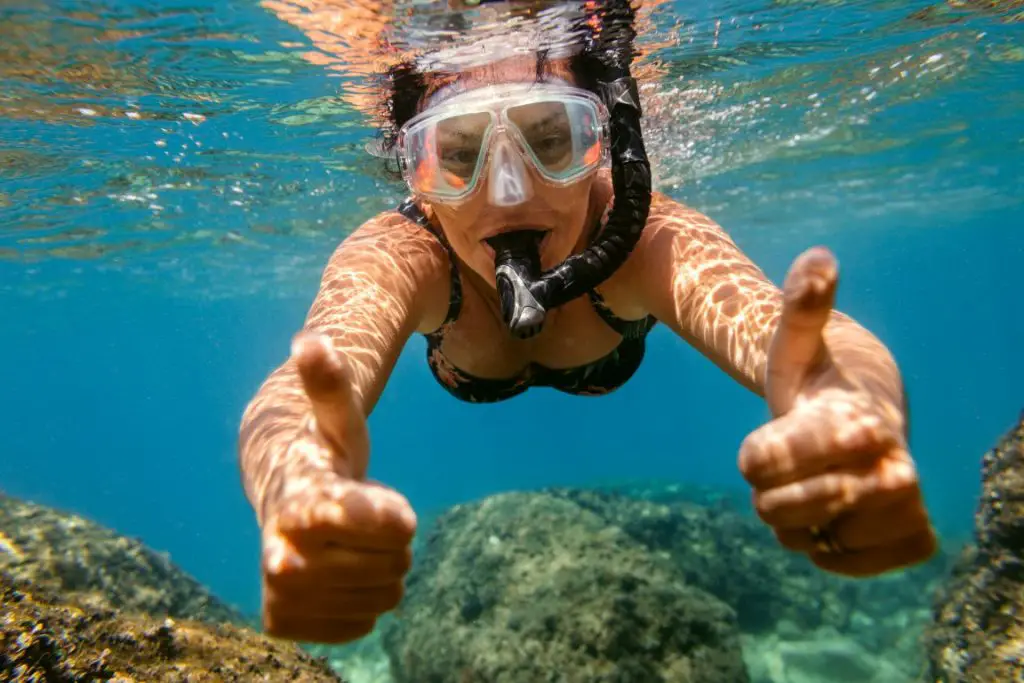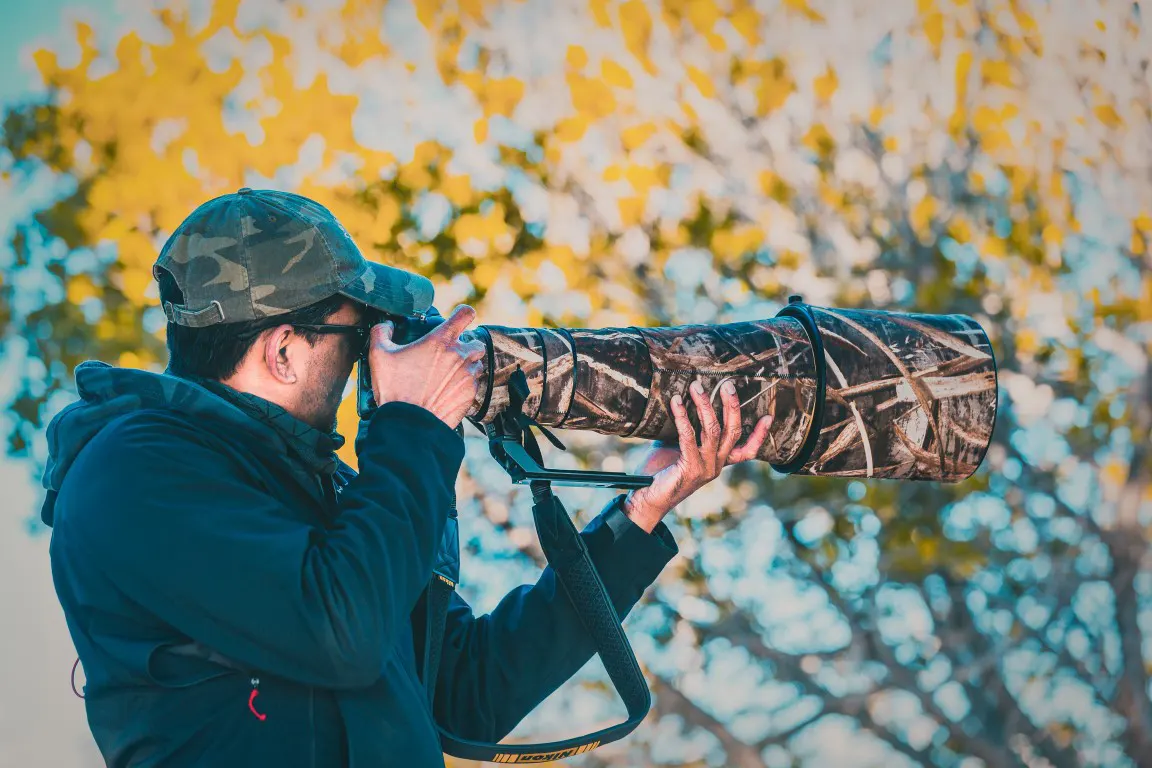
In wildlife photography, the telephoto lens can capture the majesty of a soaring eagle or the playful antics of a squirrel, and the right telephoto lens can make all the difference.
In this article, I’ll explore the best telephoto lenses that you should consider for your next wildlife adventure shoot. These lenses have helped me take some of my most stunning wildlife shots.
So, let’s dive in and explore the top telephoto lenses that will elevate your wildlife photography in 2023.
Some of my personal favorites include:
- Nikon AF-S NIKKOR 600mm f/4E FL ED VR for its incredible sharpness
- Sigma 150-600mm f/5-6.3 DG OS HSM Contemporary Lens for its versatility and affordability
Is a Telephoto Lens Good for Wildlife?
A telephoto lens is a type of camera lens designed for photographing distant subjects, such as wildlife or sports events.
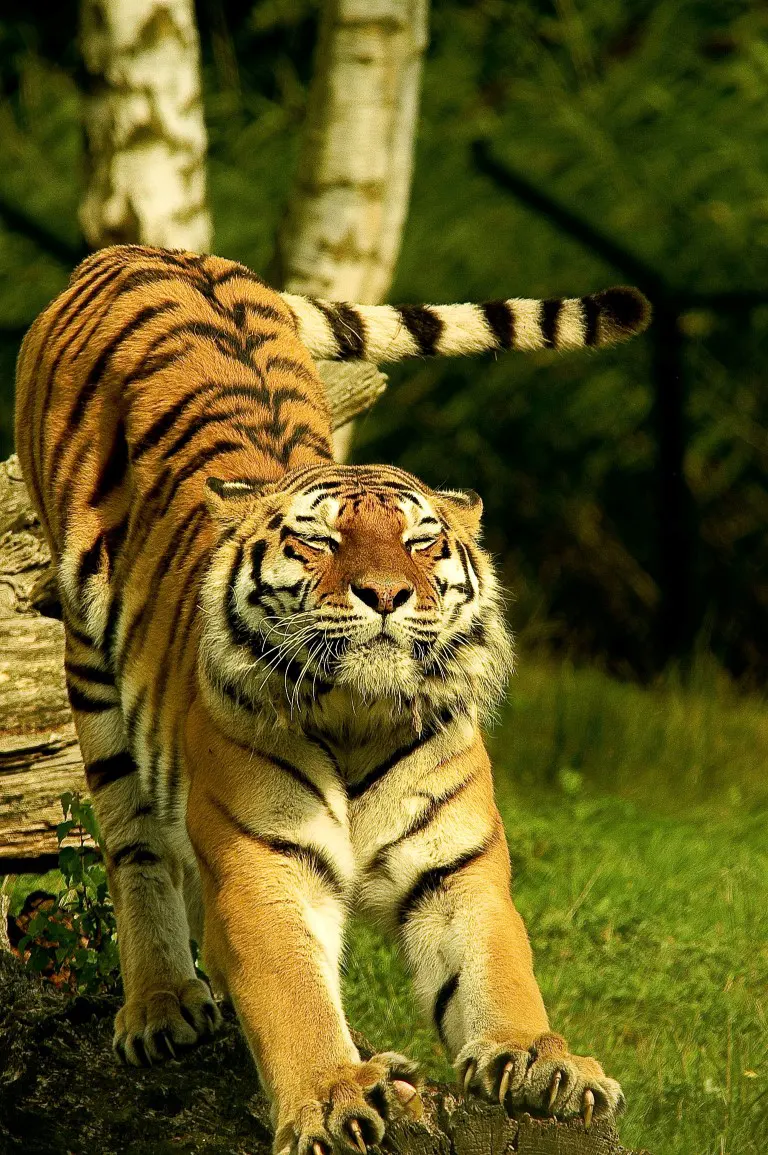
These lenses have a longer focal length and provide a high level of magnification, allowing you to capture close-up images from a distance.
The ability to shoot from afar means you can capture natural behaviors without disturbing the animals, making a telephoto lens not just good, but excellent for wildlife photography.
So, do you need a telephoto lens for wildlife photography?
In my experience, the answer is a resounding yes. A telephoto lens is not just beneficial for wildlife photography; it’s essential.
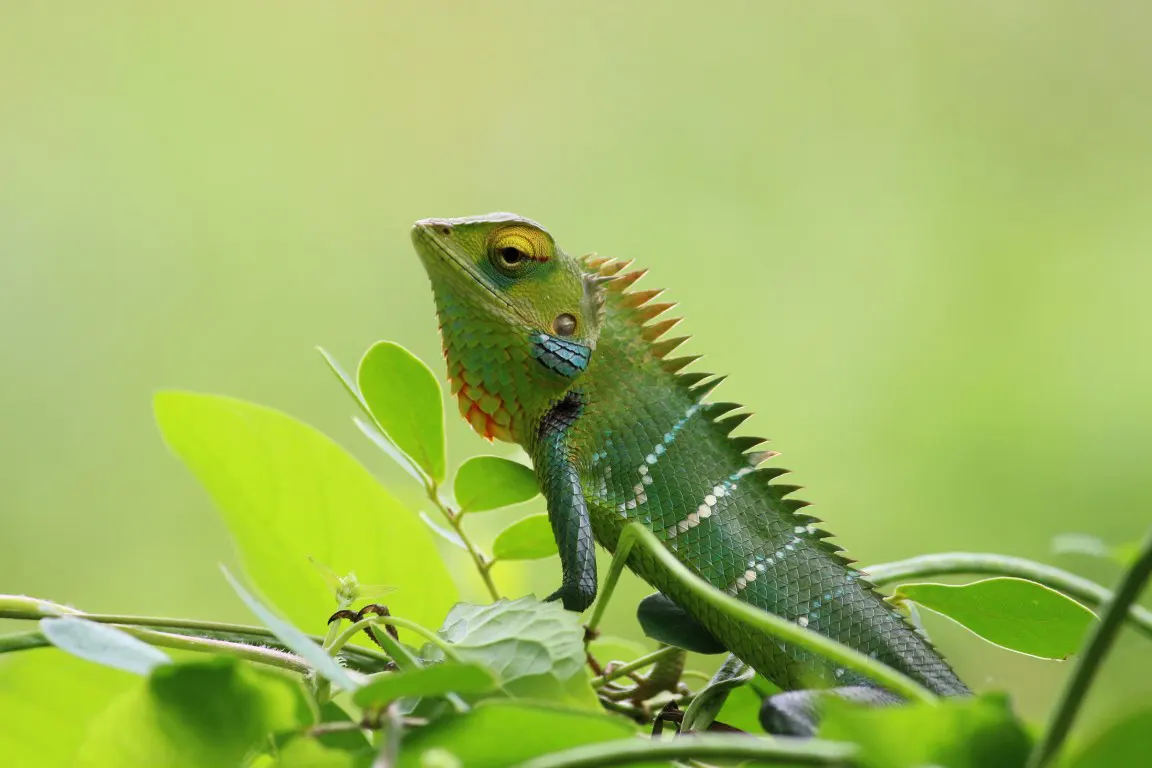
Besides, a telephoto lens allows for a narrow field of view, perfect for isolating your subject against a blurred background.
Therefore, investing in a quality telephoto lens is a must for any serious wildlife photographer.
Best Telephoto Lenses for Wildlife Photography in 2023
There are several excellent telephoto lenses on the market in 2023.
Let’s delve deeper into each option, for the best telephoto lens, and discuss the essential features they provide for wildlife photography.
1. Nikon AF-S NIKKOR 600mm f/4E FL ED VR Lens
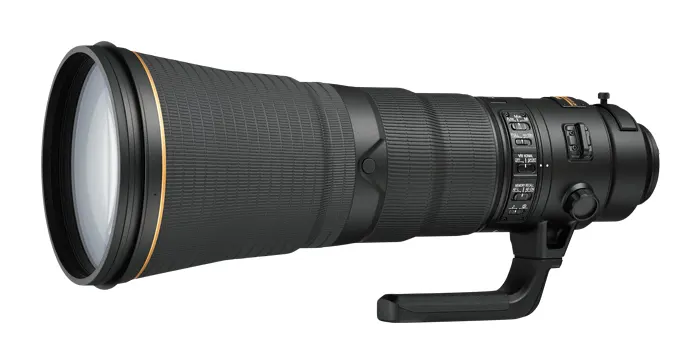
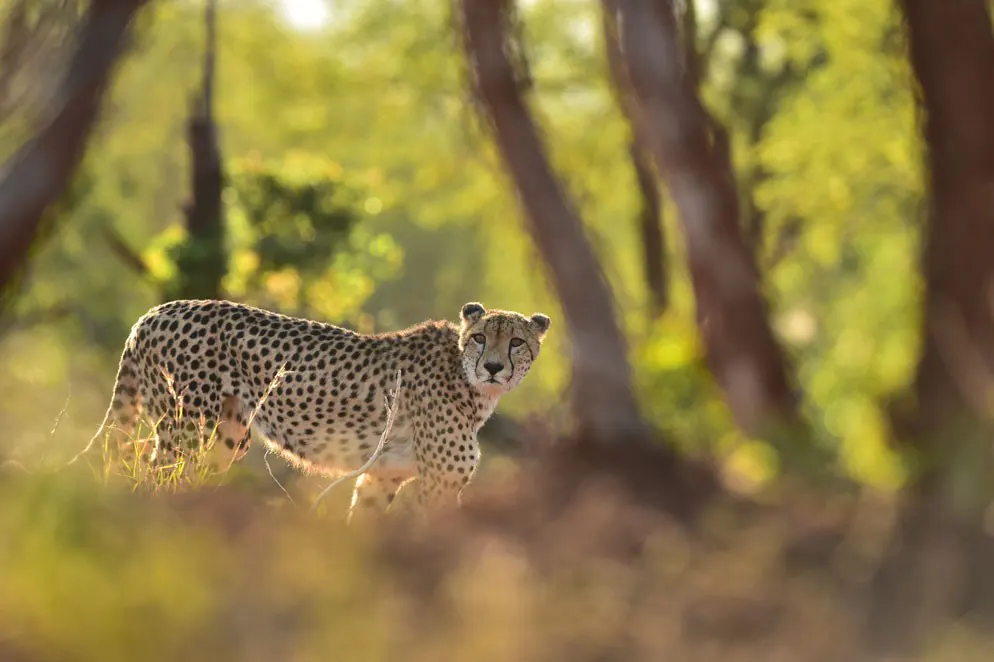
I’ve found that the Nikon AF-S NIKKOR 600mm f/4E FL ED VR Lens is a powerhouse when it comes to capturing stunning, detailed images of wildlife.
- Its superior image quality is unmatched
- The fast autofocus ensures that you never miss a shot, even with fast-moving subjects
- The lens is weather-sealed, making it ideal for outdoor use
However, it’s a bit on the expensive side, but it’s worth it for the quality it delivers.
2. Sony FE 200-600mm f/5.6-6.3 G OSS Lens
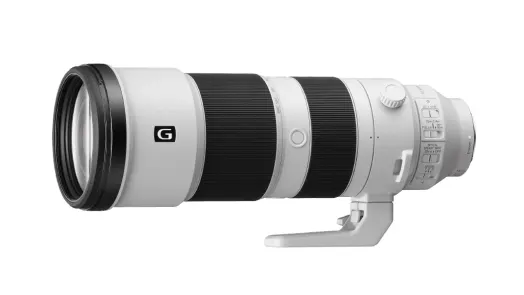
Source: electronics.sony.com
For Sony users, I recommend the Sony FE 200-600mm f/5.6-6.3 G OSS Lens is a great choice for wildlife photography.
Key features like;
- A long zoom range, allows you to capture detailed shots of wildlife from a safe distance
- Equipped with an optical stabilizer, ensuring sharp images even in challenging lighting conditions.
Plus, it’s relatively affordable compared to other lenses with similar specs, making it a great value for the money.
3. Sigma 150-600mm f/5-6.3 DG OS HSM Contemporary Lens
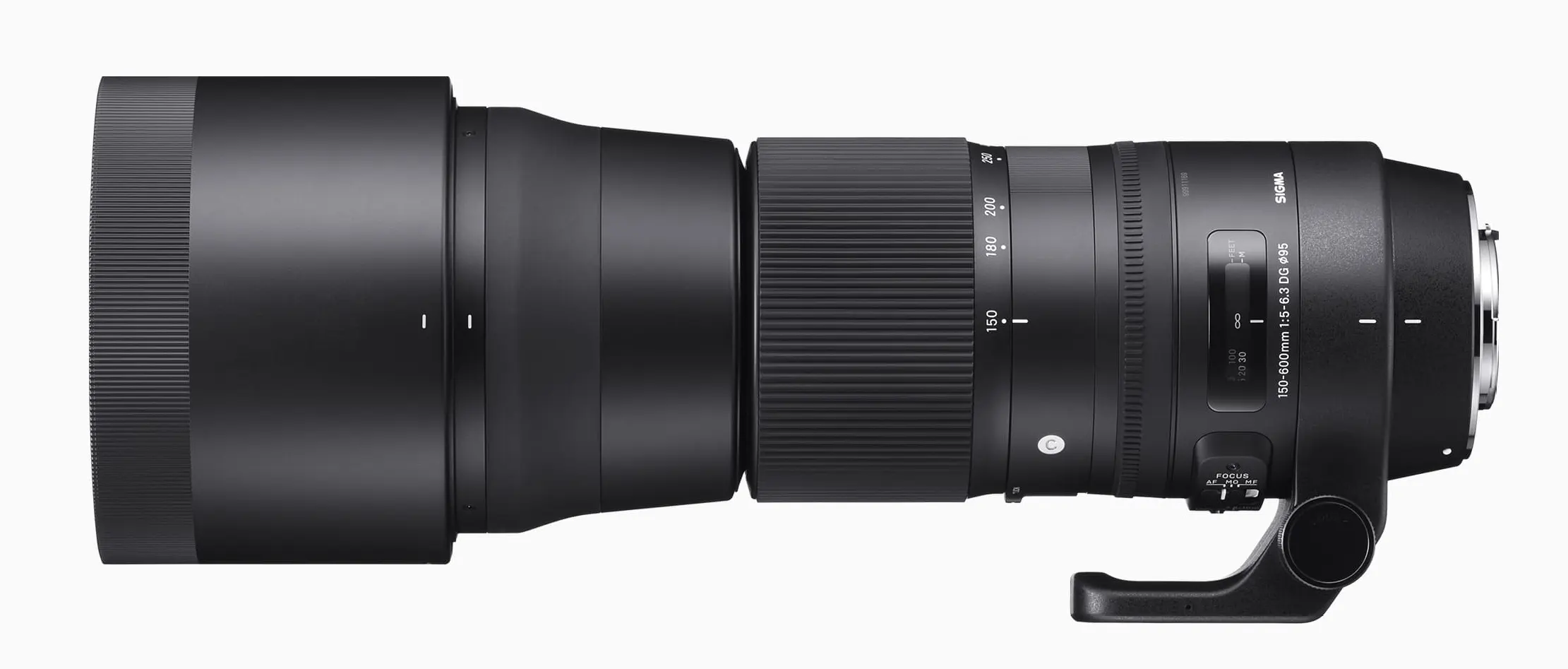
Source: sigma-global.com
If you’re on a budget, the Sigma 150-600mm f/5-6.3 DG OS HSM Contemporary lens is a solid choice. I’ve found it to be a reliable lens for wildlife photography, delivering good results without breaking the bank.
Despite its lower price point, it offers:
- High usability and exceptional optical performance, attributed to its lightweight hyper-telephoto zoom lens
- Equipped with an optical stabilizer, which helps to ensure sharp images
Besides, I’ve written a complete guide on how to use sigma 150-600 contemporary, as it’s one of my top picks for using a telephoto lens in adventure photography. You can refer to it as well.
Best Telephoto Lenses for Wildlife Photography: Canon
If you are a Canon user, you have numerous options available when it comes to Canon telephoto lenses for wildlife photography.
Let me recommend a few of the best telephoto lenses for wildlife photography from Canon.
1. Canon EF 600mm f/4L IS III USM Lens
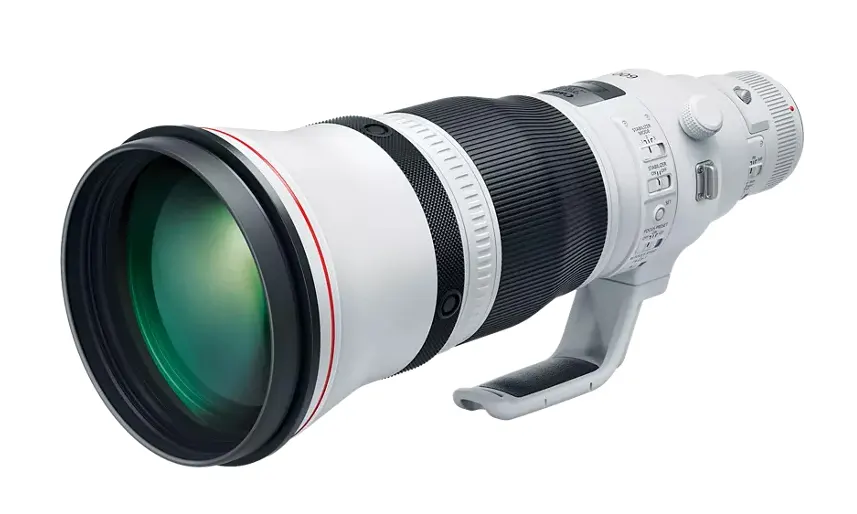
Source: usa.canon.com
As a Canon user, I’ve had the pleasure of using the Canon EF 600mm f/4L IS III USM Lens for my wildlife photography.
- This lens is a beast when it comes to capturing detailed, sharp images of wildlife.
- Its fast aperture allows for excellent performance even in low-light conditions
- The image stabilization feature is a lifesaver when shooting handheld
Yes, it’s a significant investment, but for the serious wildlife photographer, it’s an investment that pays off in the quality of images you can achieve.
2. Canon EF 500mm f/4L IS II USM Lens
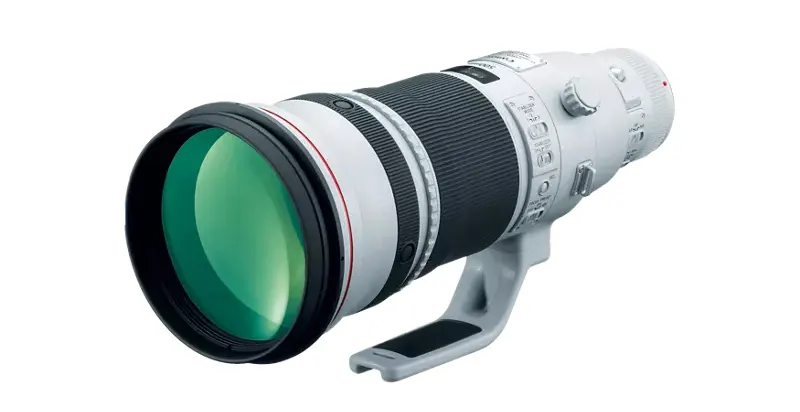
Source: usa.canon.com
Another excellent lens from Canon, the EF 500mm f/4L IS II USM Lens, has been a reliable companion on my wildlife photography adventures.
Key features:
- A great combination of reach and image quality, with a fast aperture and image stabilization to boot
- Being lighter than 600mm, it’s more manageable in the field
While it’s still a pricey lens, it’s worth every penny for the results it delivers.
3. Canon EF 200-400mm f/4L IS USM Lens
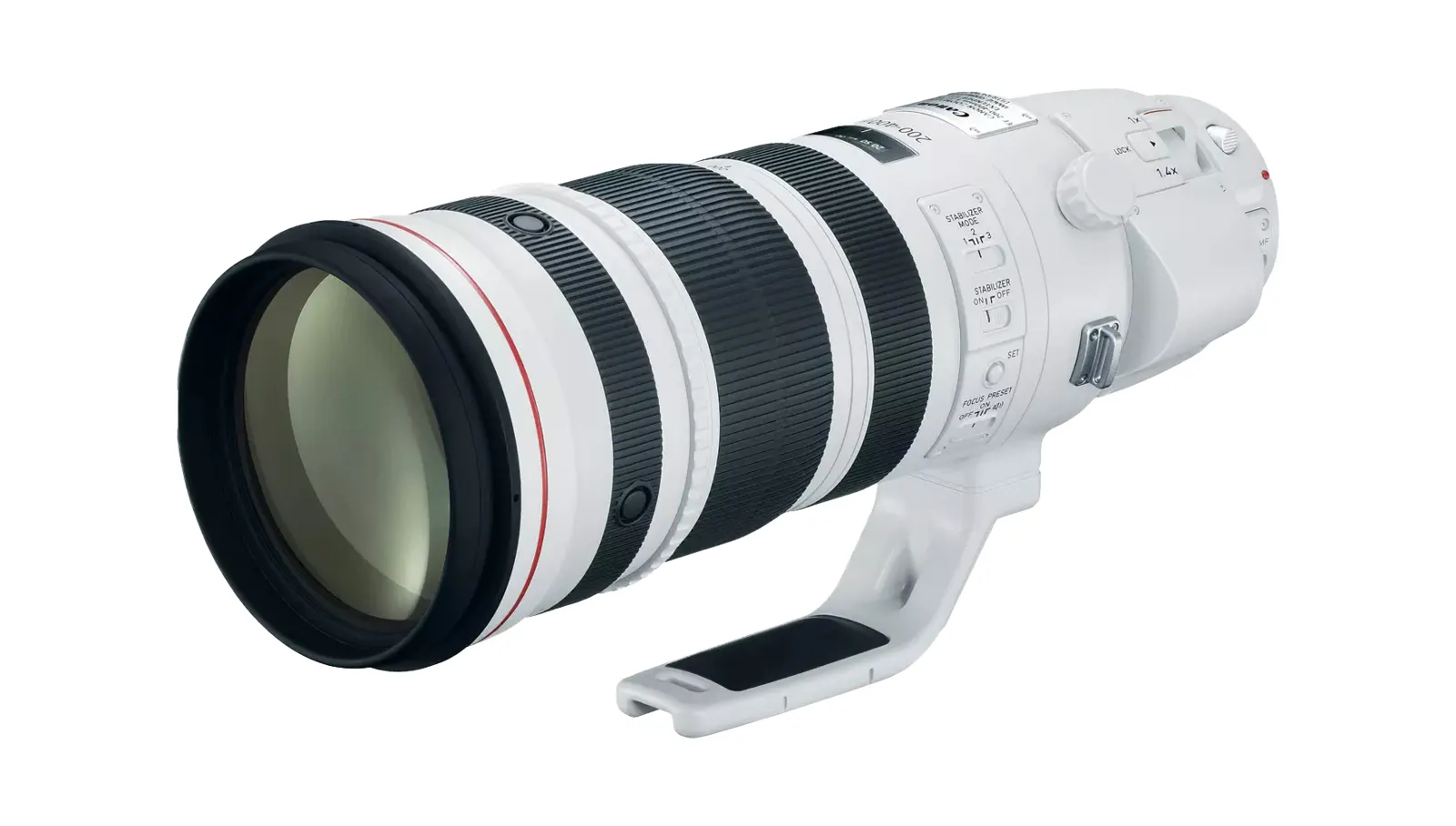
Source: usa.canon.com
For those times when I need a bit more flexibility in my focal length, I’ve chosen the Canon EF 200-400mm f/4L IS USM Lens. It is a fantastic choice for my nature shoots.
This lens offers:
- A versatile zoom range, making it perfect for capturing a variety of wildlife scenarios
- The top-notch image quality
- The built-in image stabilization helps keep shots sharp even at longer focal lengths
4. Canon EF 100-400mm f/4.5-5.6L IS II USM Lens
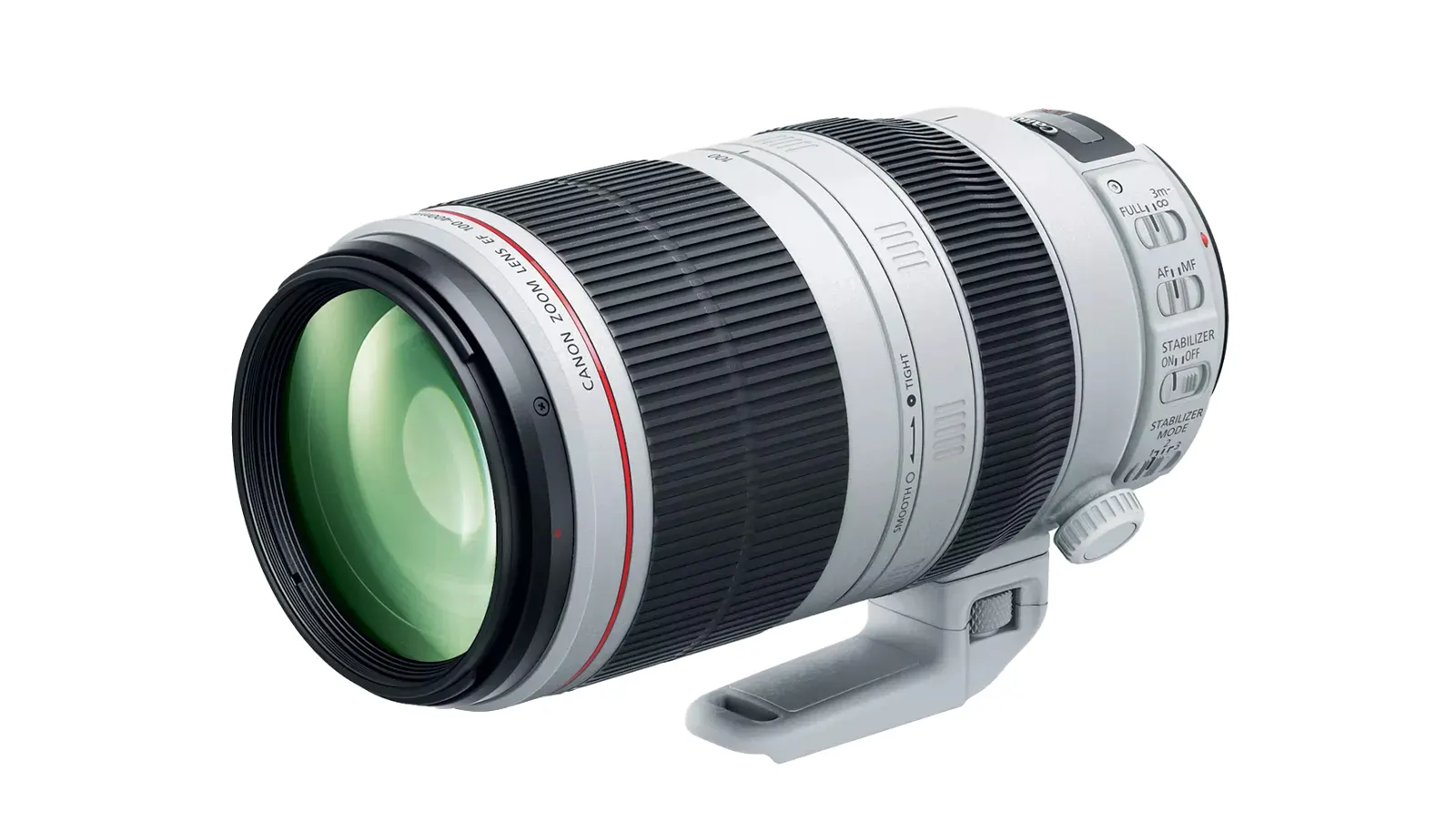
Source: usa.canon.com
The Canon EF 100-400mm f/4.5-5.6L IS II USM Lens has been a versatile tool in my wildlife photography arsenal. This lens ranks highly on my list of best telephoto lenses for wildlife photography Canon.
I favored this telephoto lens because it offers:
- A fantastic balance between zoom range and image quality
- Three modes of image stabilization (standard, panning, and exposure-only) cater to a variety of shooting scenarios, delivering exceptional shots
- Equipped with an image stabilizer to reduce camera shake, ensuring sharp images even at longer focal lengths
What Telephoto Lens Do I Need for Bird Photography?
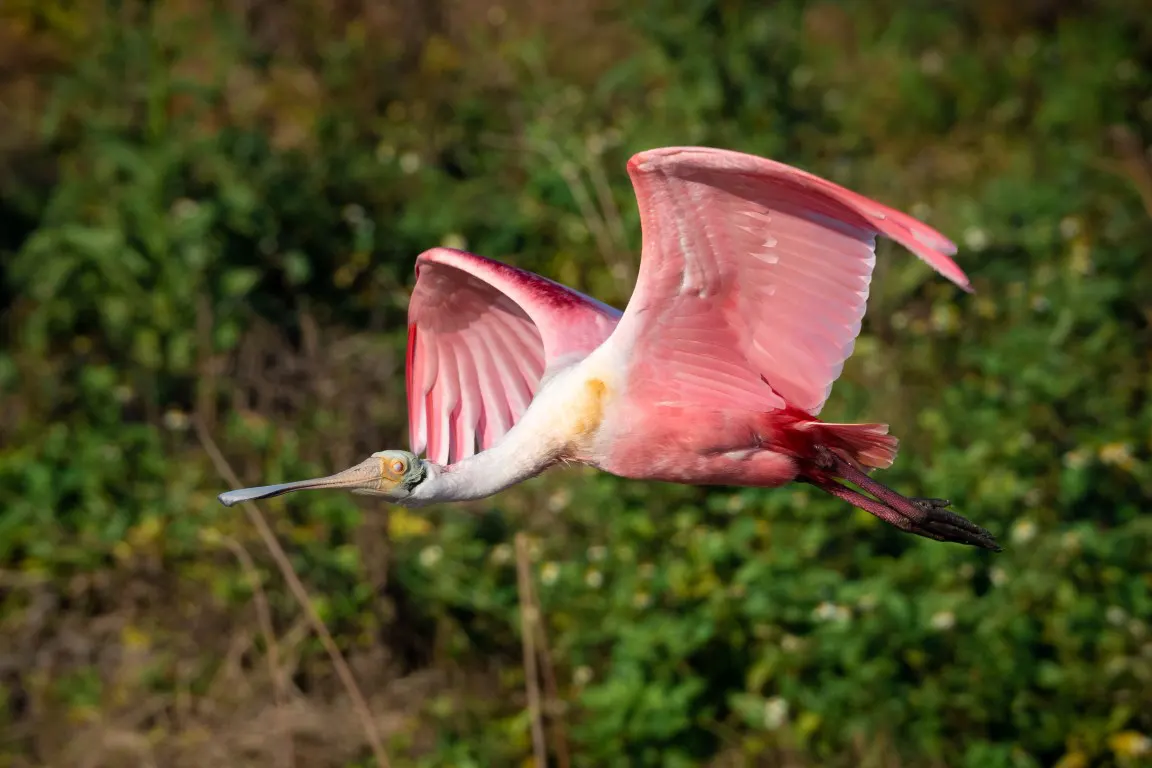
In bird photography, a lens with a focal length of at least 400mm is often necessary to get detailed photographs.
Within this range. Using a telephoto lens within this range, I’ve managed to take some truly stunning photos of birds.
So, the Nikon AF-S NIKKOR 600mm f/4E FL ED VR Lens and the Canon EF 100-400mm f/4.5-5.6L IS II USM Lens are both excellent choices in my bird photography shoots due to their long focal lengths and fast autofocus.
Besides, you have to follow some techniques if you want to capture stunning, sharp images of flying birds. Check out the guide on how do I photograph a sharp flying bird.
Moreover, if you’re as passionate about owl photography as I am, I believe you may have already read the article on how do you photograph an owl at night. Using a telephoto lens can truly enhance your night owl shots, making them outstanding.
Best Budget Telephoto Lenses for Wildlife Photography in 2023
If you’re on a budget, don’t worry; there are still great options available.
My first choice on a budget is the Sigma 150-600mm f/5-6.3 DG OS HSM Contemporary Lens, which provides the necessary reach.
Let’s go through other budget options for telephoto lenses in wildlife shooting.
1. Tamron SP 150-600mm f/5-6.3 Di VC USD G2 for Canon DSLRs
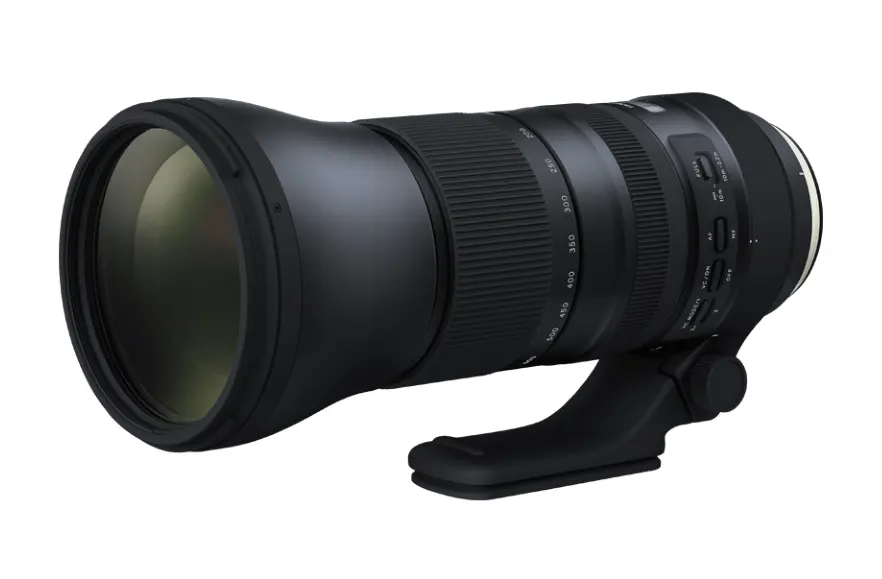
Source: tamron-usa.com
Tamron SP 150-600mm f/5-6.3 Di VC USD G2 lens is a great budget-friendly option for Canon users.
This lens offers a similar zoom range to the Sigma but with the added benefit of vibration compensation for sharper images.
2. Nikon AF-P NIKKOR 70-300mm f/4.5-5.6E ED VR
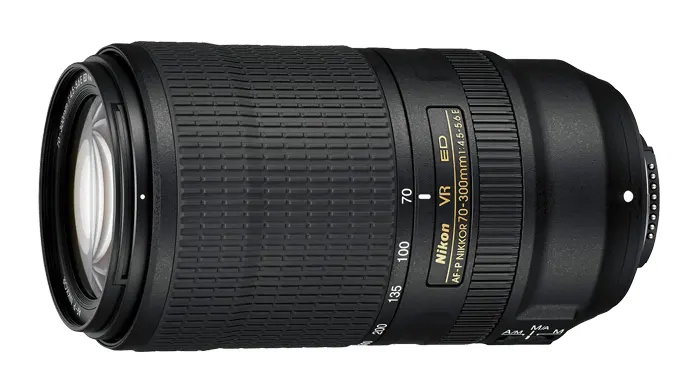
Source: nikonusa.com
For Nikon users, the AF-P NIKKOR 70-300mm f/4.5-5.6E ED VR is a great budget-friendly telephoto lens.
It offers a decent zoom range for wildlife photography and features Nikon’s Vibration Reduction technology for sharper images. It’s a solid choice for those just getting started with wildlife photography.
3. Canon EF-S 55-250mm f/4-5.6 IS STM
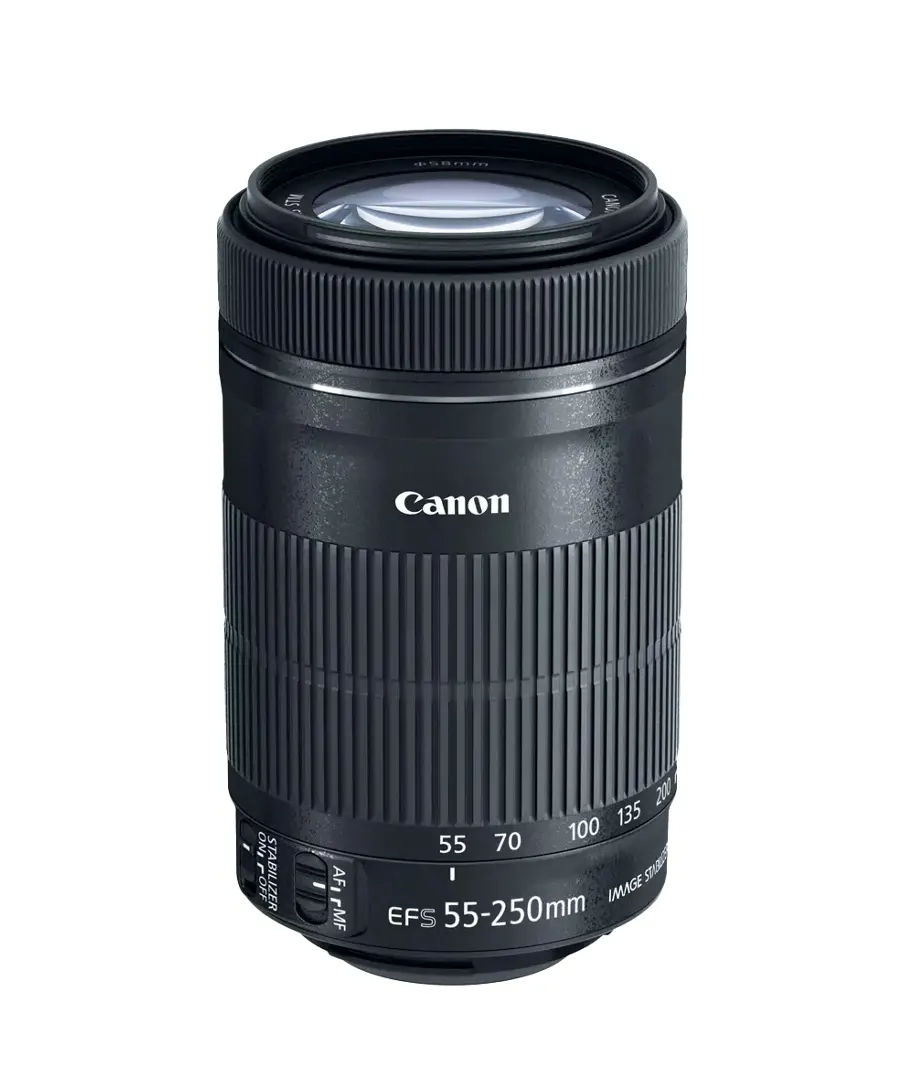
Source: usa.canon.com
For bird photography, the Canon EF-S 55-250mm f/4-5.6 IS STM is a great budget-friendly option.
It offers a decent zoom range for capturing birds in flight or perched in trees, and the image stabilization helps to keep your shots sharp. It’s a great entry-level lens for wildlife photography.
4. Sigma 70-300mm F4-5.6 DG Macro
This lens is a cheap option proposed by Sigma. It offers a “macro” function which can be activated through a button on the barrel.
Although it lacks an image stabilizer, the image quality it delivers is impressive for its price point.
How to Choose the Right Telephoto Lens for Wildlife Photography
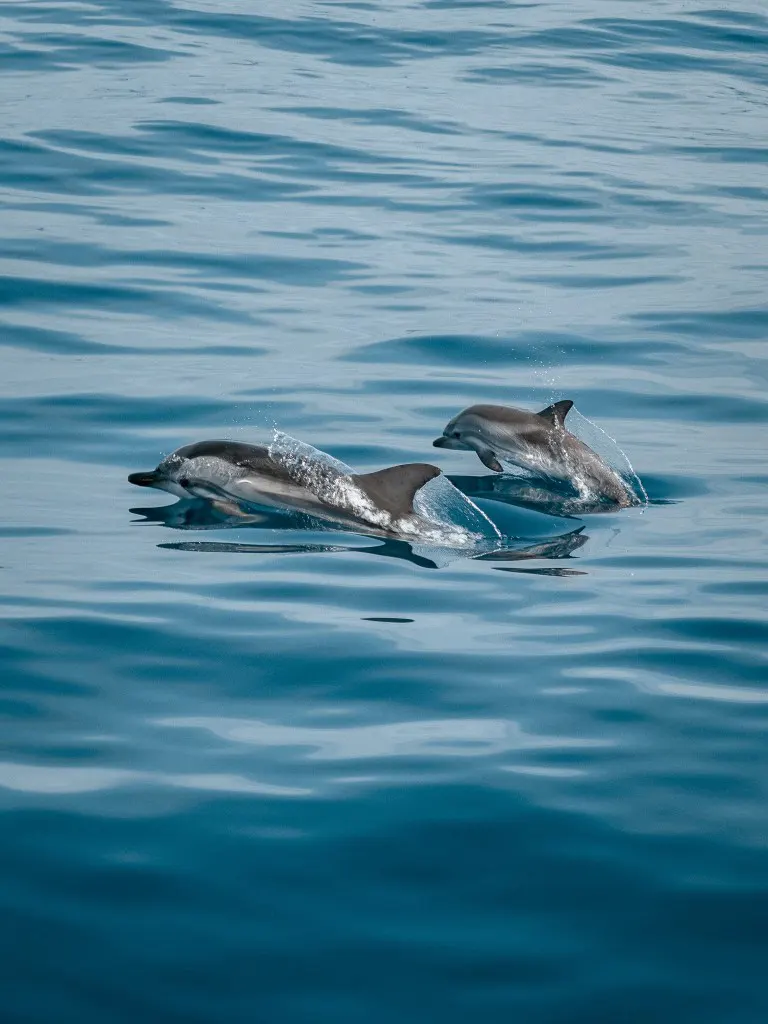
If you are wondering, what size telephoto lens do I need for wildlife photography? then there isn’t a one-size-fits-all answer to this question.
The best telephoto lens for you will depend on your specific needs, budget, and the type of wildlife you’re photographing.
So, choosing the right telephoto lens for wildlife photography depends on several factors.
1. Focal Length
If you’re photographing birds or small animals, a lens with a longer focal length (400mm or more) is beneficial. This allows you to keep a safe distance without disturbing the animals and still capture detailed shots.
For larger animals or those that you can approach more closely, a lens with a shorter focal length, such as 200mm to 400mm, may be sufficient.
2. Aperture
A lens with a wide maximum aperture (lower f-number) allows more light into the camera, which is beneficial for shooting in low light conditions often encountered in wildlife photography.
A wide aperture also provides a shallow depth of field, helping to blur the background and make the subject stand out.
3. Image Stabilization
Image stabilization can be a lifesaver when you’re shooting handheld. It helps to reduce camera shake and ensure sharper images.
This is especially important when using a lens with a long focal length, as any camera movement can be magnified.
4. Weight and Size
Wildlife photography often involves a lot of walking or hiking, so the weight and size of the lens are important considerations.
A lighter lens will be easier to carry around but may not offer the same image quality or features as a heavier lens.
5. Weather Sealing
Since wildlife photography often involves shooting outdoors in various weather conditions, a lens with weather sealing can protect your gear from dust and moisture.
6. Price
Telephoto lenses can range from a few hundred dollars to several thousand.
Determine what features are most important to you and find a lens that offers those within your budget.
Remember, the best telephoto lens for you depends on your specific needs and shooting style. It’s worth taking the time to research and find a lens that fits your requirements and helps you capture those stunning wildlife shots.
My Tips: The longer the focal length, the heavier the lens tends to be. So, if you plan to do a lot of walking or hiking, you’ll need to balance the need for a long focal length with the practicality of carrying the lens.
Conclusion
In conclusion, my journey in wildlife photography has taught me the indispensable role of a good telephoto lens. It’s the key to capturing the intricate details and natural behaviors of wildlife, without disturbing their environment.
So, choosing the right telephoto lens can elevate your wildlife photography to new heights. From high-end options like the Nikon AF-S NIKKOR 600mm f/4E FL ED VR Lens to budget-friendly choices like the Sigma 150-600mm f/5-6.3 DG OS HSM Contemporary Lens, there’s a lens out there to suit every need and budget.
Whether you’re a professional photographer or a hobbyist, investing in a good telephoto lens is a decision you won’t regret.
Besides having the best telephoto lens, I also pay attention to my camera settings. You can try my wildlife photography camera settings tips and tricks too.
Here’s to capturing the wild in all its glory!
Justin Parker is a professional photographer and has been in the industry since 2007. He attended the University of Georgia. Justin combines his passion for photography and his interest in writing to give life to this blog which talks about photography in order to help and inspire young photographers.

